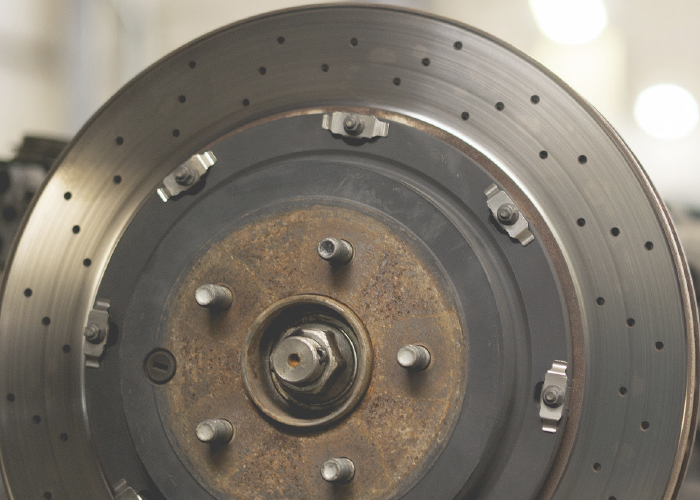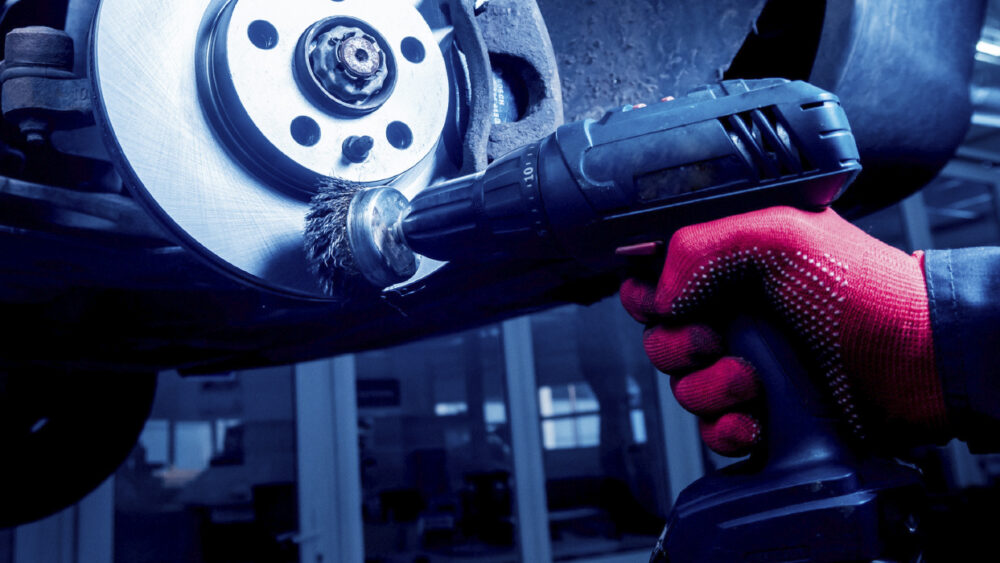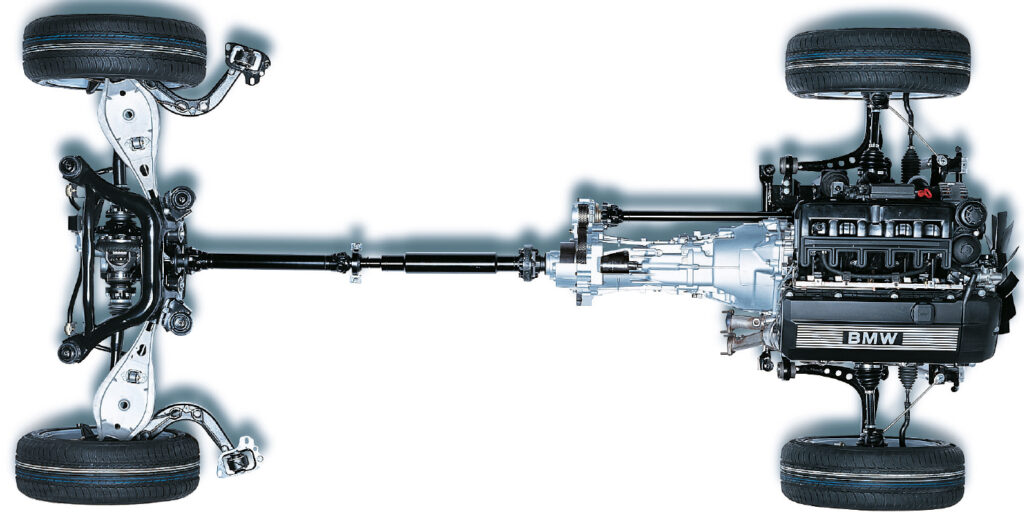Judder is a vibration that can be felt in the seat or steering wheel, but it will not cause pulsing of the brake pedal. Judder can occur in a vehicle with zero runout or disc thickness variation (DTV), and is caused by brake torque variation (BTV).
BTV occurs when there is a variation of torque across the face of the rotor that causes the rotor to slip and catch as brake pads pinch the rotor. BTV may be caused by an inconsistent rotor finish, metallurgy or uneven deposits of friction material on the face of the rotor.
Knowing the difference between pulsation or DTV and judder/BTV is critical to solving any brake complaint and avoiding a problem in the first place. Assuming that new pads and rotors will automatically fix the problem will only create more issues with the customer when the vehicle inevitably comes back.
Rotor Finish and Transfer Layers
The friction between the two surfaces changes forward motion and braking force into heat, but there is a lot of science that goes into what happens at the molecular level to make that happen.
Most semi-metallic brake pads use the two different surface materials of the pad and rotor to make friction. The abrasive action wears away the two surfaces, but ceramic and some NAO pads transfer a thin layer of pad material onto the surface of the rotor. The transfer layer is bonded to the rotor’s surface and cannot be washed away by water or wheel cleaners. The only way to remove it is by using a brake lathe or abnormal heat. With this type of pad, it is critical to machine the rotor with the correct surface finish and follow the recommended break-in procedure so the transfer layer can be established.

Adherent friction is easier on rotors, but the pads become the primary wear component. The layer is always being worn and replenished by the brake pad during braking, so these pads produce dust. The smoothness of the friction surface of a rotor is described in terms of microfinish or RA factor. RA stands for “roughness average” and represents a way to measure the smoothness of a rotor. Most lathes on the market will yield very acceptable RA factors when they are in good condition and are used properly. The finish is essential to transfer material for organic and ceramic friction materials. The correct finish is also essential for semi-metallic pads so they can have the correct coefficient of friction during initial break-in.














